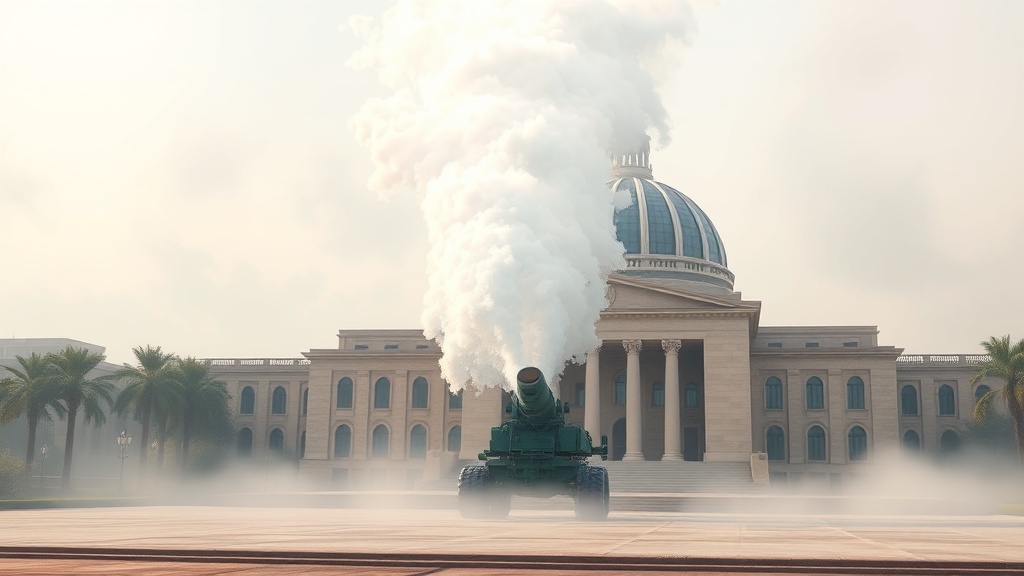Home / Environment / Delhi Trials Artificial Rain to Tackle Pollution Crisis
Delhi Trials Artificial Rain to Tackle Pollution Crisis
28 Sep
Summary
- Delhi government to trial cloud seeding in October 2025
- Pollution levels in Delhi reached alarming highs in 2024-25 winter
- Concerns raised about scientific complexities and limitations of cloud seeding

With the monsoon season coming to an end and winter approaching, the National Capital Region of Delhi is preparing for a prolonged period of poor air quality. In 2024-25, Delhi was the country's most polluted megacity, with an average PM2.5 concentration of 175 micrograms per cubic meter.
In a bid to tackle the crisis, the Delhi government has decided to trial cloud seeding in early October 2025. The process involves aircraft dispersing silver iodide into clouds, which can trigger artificial rainfall. The aim is to temporarily wash away pollutants and provide some relief to the city's residents.
However, experts caution that the effectiveness of cloud seeding is limited, as Delhi's winters are typically dry with minimal cloud cover. The scale of the pollution problem is vast, and continuous, intense rainfall over a large area would be required to have a measurable impact. Additionally, the technology does not address the underlying sources of particulate matter, and pollution levels could rebound quickly after the artificial rain.
Policymakers have been urged to subject the cloud seeding plans to a critical analysis and consider the scientific complexities before relying on it as a silver bullet for Delhi's pollution woes. The city's residents will be closely watching the outcome of this experimental approach to tackling the long-standing air quality crisis.




